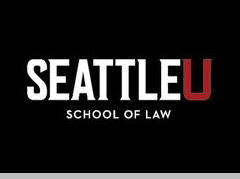Keywords
Clean Air Act, Environmental Justice, Environment, Pollution, Racial Justice, Race and the Environment
Abstract
Legislators attempt to achieve intended goals by enacting laws that provide for regulatory enforcement. However, many times laws are unable to achieve their stated goals and in some ways may create new or exacerbate existing issues. Luckily, upon review, many of these issues can be fixed with quick modifications to either their implementation or enforcement mechanisms. In its current form, the Clean Air Act does not effectively account for differences in regional climate patterns, and, moreover, it perpetuates environmental injustice. If local governments were given more autonomy to enforce the Clean Air Act, they could shape its enforcement to more effectively and efficiently combat air pollution in local areas. Localized environmental regulations under the Clean Air Act could also help to combat environmental injustice issues that often arise at the local level, including the location of pollution sources. With this autonomy, local governments could tailor the implementation and enforcement of the Clean Air Act to better engage with both the immediate environmental degradation we are witnessing across the country as well as the increasing environmental injustice affecting certain communities in their cities and counties.
Recommended Citation
Kirk, Tate
(2020)
"The Clean Air Act: How It Can be Localized to Promote Both Environmental and Social Justice,"
Seattle Journal of Technology, Environmental, & Innovation Law: Vol. 11:
Iss.
1, Article 2.
Available at:
https://digitalcommons.law.seattleu.edu/sjteil/vol11/iss1/2
Included in
Environmental Health Commons, Environmental Law Commons, Environmental Policy Commons, Environmental Studies Commons, Health Law and Policy Commons, Law and Race Commons, Law and Society Commons, Legal History Commons, Legislation Commons, Other Law Commons, Public Law and Legal Theory Commons, Social Justice Commons

